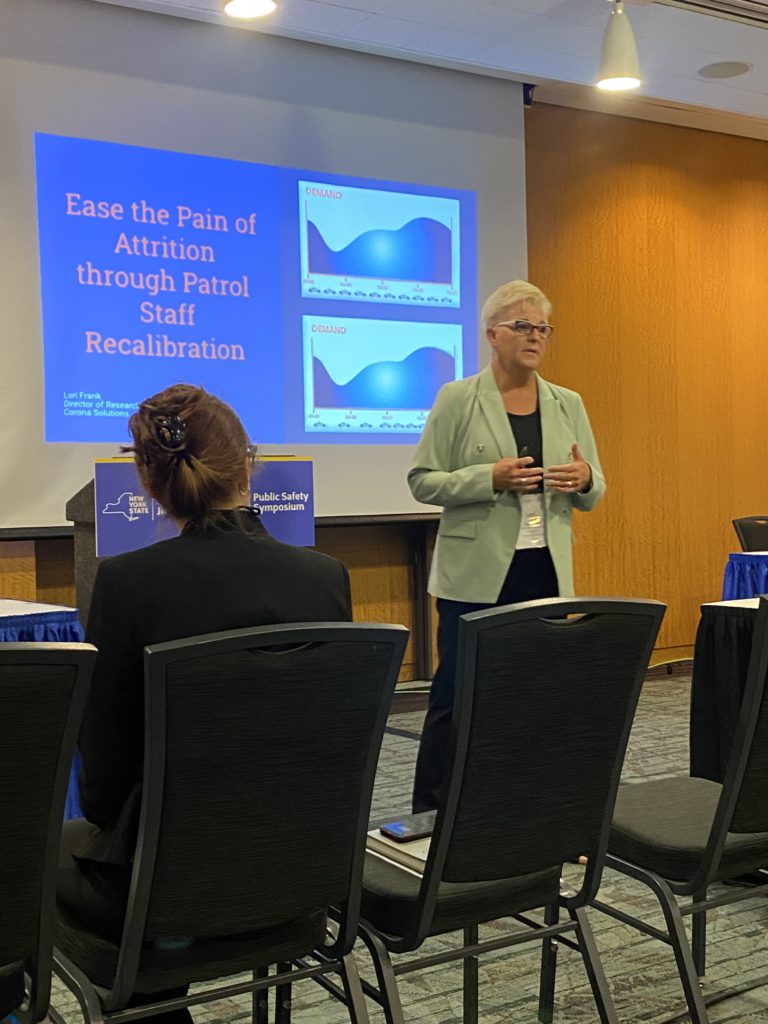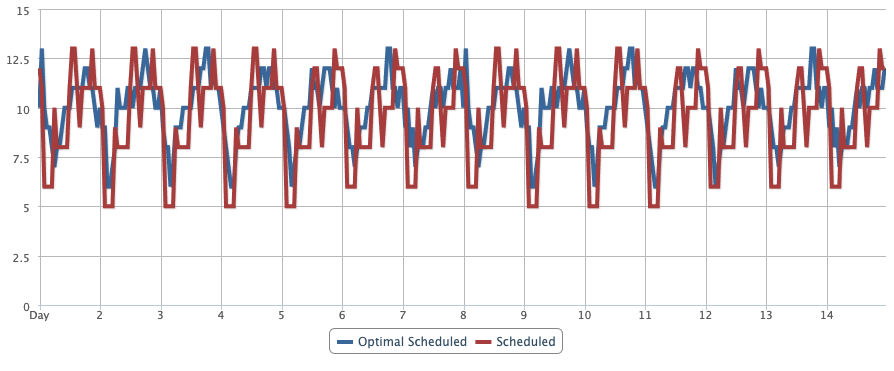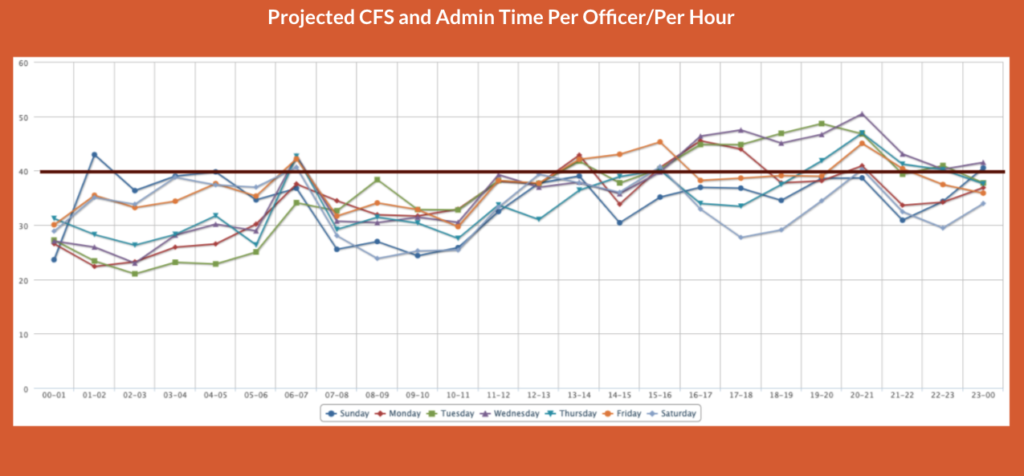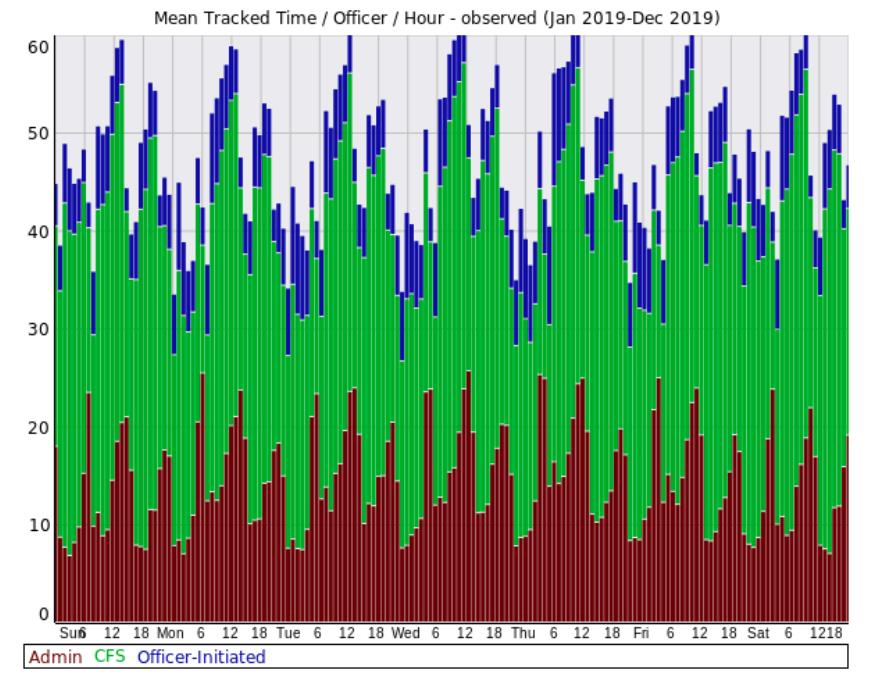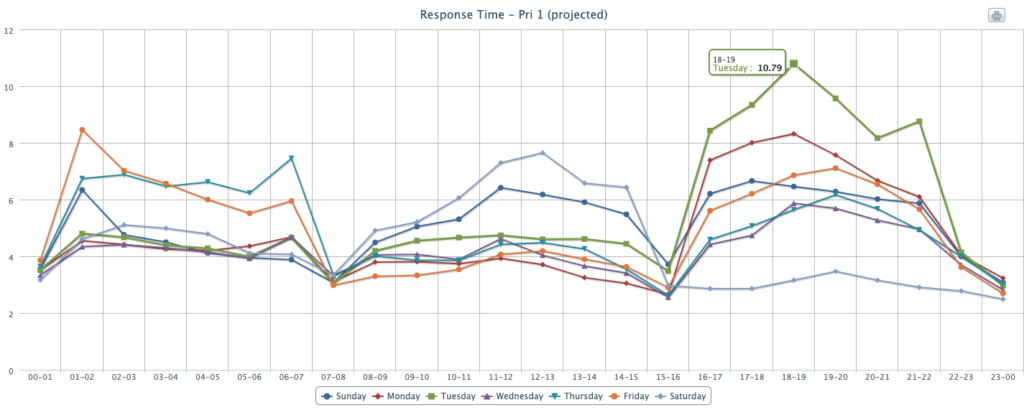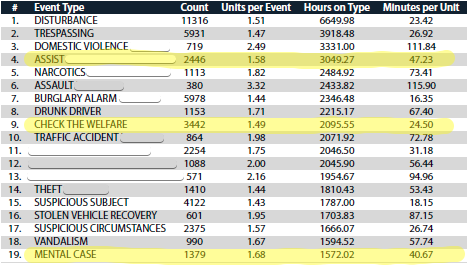There’s a staffing crisis in policing. No one is disputing that. Agencies are competing for the few and far between that decide law enforcement is a career choice for them. Some agencies are making great strides in that direction as more recruits make it through the background process and academy classes grow. Once those newly minted cops are ready to hit the street, the choice has to be made as to which shift needs them the most.
Which shift gets the coveted resources has historically been decided, and is still common practice, by command staff sitting around a table and making their pitch to put the new cops in their district or on their shift. I’ve heard from many agencies that continue to allocate patrol staff this way. Staffing decisions based on who makes the best pitch will only reward the best salesman in the room. It’s unlikely this method will alleviate the days and hours with the heaviest workload. If there were an unbiased way to allocate staff based on defensible needs, would you use it? I hope everyone reading this post answers a resounding “yes” to that question.
Whether you refer to it as data-driven or evidence-based policing, those terms have become synonymous: there is a lot of information at law enforcement’s disposal to help make smart decisions. The obstacle for many agencies may be the capability to harness that data at the level of specificity to provide a defensible and actionable solution that addresses staffing down to the day and hour.
Agencies can be ready to boost their efficiency and provide higher quality service to their community by strategically plugging those newly-minted cops into the exact right place. The number of officers scheduled to work can be balanced to match the varying demand within different areas.
Here’s what that could look like in practice. This agency has 48 officers assigned to 12 teams on this schedule.
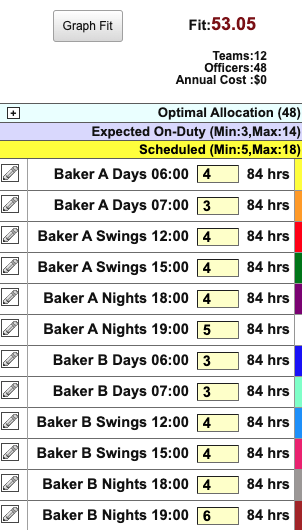
This agency is trying to address issues related to Priority 2 call response times. This is the majority of their call load, the best and most frequent opportunity they get with their community to deliver quality service. With their current allocation of 48 officers, they are experiencing longer response times between 06:00 – 12:00 on most days of the week. The community is seeing a poor reflection of police response during the hours in which they feel they’re needed most.

There are 4 cops coming out of FTO that will need to be placed into the schedule. A common practice is to distribute the cops so that the team sizes will be equal. This would alleviate officers feeling slighted because their teams have fewer officers on the days they work than the same teams working on different days. Watch commanders could make the argument that their teams should get the new cops because, on the schedule, they appear to be understaffed. The below example places officers to equalize A teams and B teams.
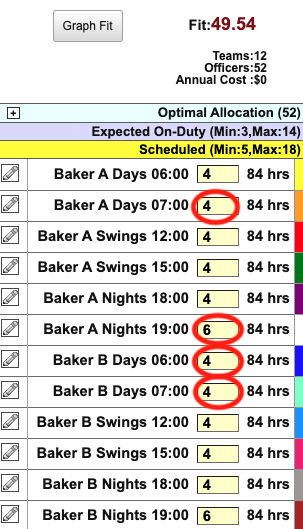
Based on the above allocation of the 4 new officers, this is how the projected response time will be affected. There’s some relief to the response times throughout the week. However, from 06:00 – 07:00, the response time is still anticipated to be quite lengthy. There are still multiple hours with anticipated response times over 10 minutes.

Adding 4 officers, going from 48 to 52, may not seem like it would make much of a difference to response times. Yet, even small incremental additions can be impactful. It requires examining the data in such detail that it will reveal precise weak spots throughout the week. It also requires evaluating the available resources at those exact same intervals. Is it possible to allocate those 4 officers to surgically address those weak spots? YES!
Using Deploy, this agency tried every possible combination of where the four officers could be added and found the best way to positively impact Priority 2 response time was to add one officer each to the A Days teams and two officers to the B Days 07:00 team.

This allocation of the 4 officers made significant improvements to many more hours throughout the week. The original troublesome hours, 06:00 – 12:00, were reduced to an anticipated response time of less than 10 minutes, with the exception of Tuesday between 06:00 – 07:00, which is just slightly above 10 minutes.

These improvements were made by only adding 4 officers. Imagine adding many more officers multiple times throughout the year. The positive impacts can be significant! The key to maximizing those impacts is to utilize the CAD data available in such a detailed way that it will expose specific pain points and then apply your resources precisely when and where they do the most good.
To see how this could work for your agency or to learn more about how Corona Solutions maximizes patrol efficiency, click here.








